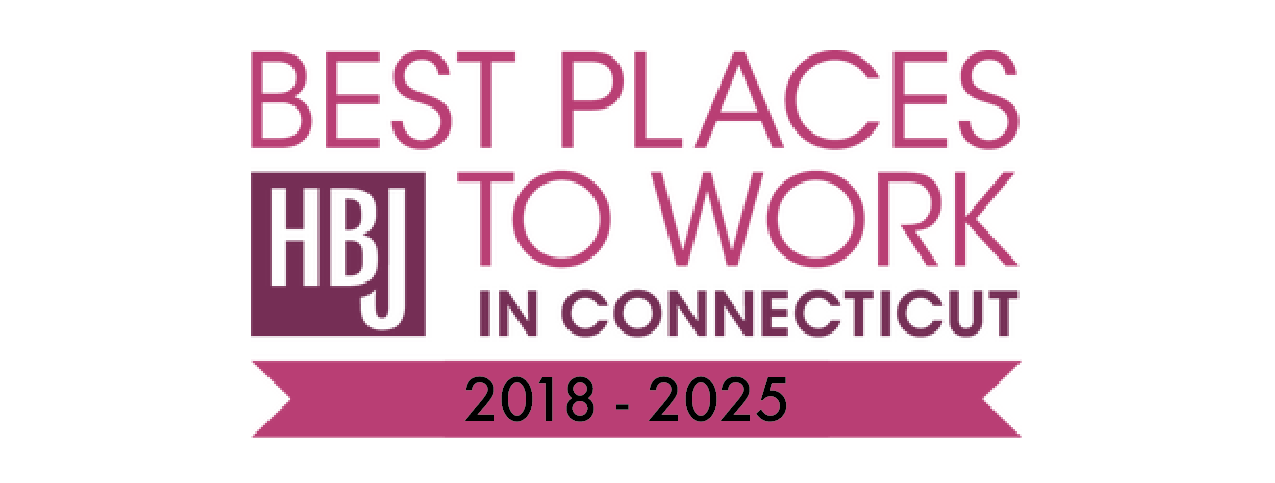Remote Access Device Monitoring: The Future of Efficient IT Management
The world of IT management has changed dramatically over the past few years, with an increasing number of organizations relying on remote access devices for their day-to-day operations. However, managing these devices can be a challenging task, especially when employees are working remotely or in different locations.
This is where remote access device monitoring comes in. By using advanced tools and technologies to monitor devices and networks in real-time, IT teams can identify and resolve issues quickly, reduce downtime, and improve overall performance.
In this article, we will discuss the concept of remote access device monitoring and its importance in
IT management. We will also explore the benefits of remote device monitoring, the features of remote access device monitoring tools, and best practices for implementing and managing remote device monitoring in your organization.
What is remote access device monitoring?
Remote access device monitoring is the process of monitoring devices and networks in real-time, regardless of location. This can include computers, servers, routers, switches, and other devices that are connected to a network. The goal of remote access device monitoring is to ensure that these devices are functioning properly, and to identify and resolve issues as quickly as possible.
Remote access device monitoring works by using specialized tools and technologies that allow IT teams to monitor devices and networks from a central location. These tools can provide real-time data on device performance, network traffic, and other key metrics. This data is then analyzed and used to identify potential issues before they become major problems.
The benefits of remote access device monitoring are numerous. For example, it allows IT teams to proactively identify and resolve issues before they impact users. It also enables remote management of devices, which can be particularly useful in organizations with multiple locations or remote workers. Additionally, remote access device monitoring can help improve security and compliance by providing real-time visibility into device and network activity.
The Future of IT Management with Remote Access Device Monitoring
The future of IT management is increasingly focused on remote access device monitoring. With more and more organizations relying on remote devices and networks, it is essential to have the tools and technologies in place to monitor and manage them effectively.
Remote access device monitoring offers a number of benefits for IT management, including increased efficiency and productivity, improved security and compliance, cost savings, and scalability and flexibility. By using remote access device monitoring tools, IT teams can quickly identify and resolve issues, reduce downtime, and improve overall performance.
Features of Remote Access Device Monitoring
Remote access device monitoring tools typically offer a range of features to help IT teams monitor and manage devices effectively. These can include real-time monitoring, remote management, alerts and notifications, and reporting and analytics.
Real-time monitoring allows IT teams to monitor devices and networks in real-time, providing up-to-date information on performance and activity. Remote management tools allow IT teams to manage devices from a central location, regardless of their physical location. Alerts and notifications can be set up to notify IT teams of potential issues, allowing them to take action quickly. Reporting and analytics tools provide data on device and network activity, which can be used to identify trends and make data-driven decisions.
Best Practices for Remote Access Device Monitoring
To get the most out of remote access device monitoring, it is important to follow best practices for implementation and management. Some key best practices include selecting the right remote device monitoring tool, defining device monitoring policies and procedures, training staff and stakeholders, and regularly reviewing and analyzing data.
Selecting the right remote device monitoring tool is critical to the success of your monitoring efforts. You should look for a tool that is easy to use, provides the features you need, and is scalable to meet your organization's needs.
Defining device monitoring policies and procedures is also important to ensure that everyone is on the same page when it comes to monitoring devices and networks. This can include defining what devices should be monitored, how often they should be monitored, and what metrics should be tracked.
Training staff and stakeholders is essential to ensure that everyone knows how to use the monitoring tools effectively. This can include providing training on the use of the monitoring tools, as well as on how to interpret and use the data that is generated.
Finally, regularly reviewing and analyzing data is important to identify trends and make data-driven decisions. This can help you identify potential issues before they become major problems, and make adjustments to your monitoring policies and procedures as needed.
Types of Remote Access Device Monitoring Technologies
Remote access device monitoring technologies include agent-based monitoring, agentless monitoring, SNMP monitoring, and WMI monitoring. Each approach has its own pros and cons, and organizations should carefully consider which approach is best for their needs.
Case Study: Remote Access Device Monitoring in Action
One example of an organization that implemented remote access device monitoring is XYZ Corporation. They faced challenges with managing remote devices and networks, including security concerns and compatibility issues. By implementing remote access device monitoring, they were able to quickly identify and resolve issues, improve security and compliance, and reduce downtime. They also saw improvements in efficiency and productivity.
Potential Challenges and Limitations of Remote Access Device Monitoring
Remote access device monitoring is not without its challenges and limitations. These include security concerns and data breaches, compatibility issues with different devices and networks, and the need for ongoing training and support for IT staff. By understanding these challenges, organizations can take steps to address them and implement remote access device monitoring effectively.
Conclusion
Remote access device monitoring is an essential tool for modern IT management. By using advanced tools and technologies to monitor devices and networks in real-time, IT teams can quickly identify and resolve issues, improve security and compliance, reduce downtime, and improve overall efficiency and productivity.
To get the most out of remote access device monitoring, it is important to follow best practices for implementation and management. This includes selecting the right monitoring tool, defining monitoring policies and procedures, training staff and stakeholders, and regularly reviewing and analyzing data.
In conclusion, remote access device monitoring is the future of efficient IT management. As organizations continue to rely on remote devices and networks, it is essential to have the tools and technologies in place to monitor and manage them effectively. By following best practices for remote access device monitoring, IT teams can ensure that devices and networks are functioning properly, and quickly identify and resolve issues as they arise. Overall, remote access device monitoring is a critical component of modern IT management, and
organizations that invest in these tools and technologies are likely to see significant improvements in performance, security, and efficiency.
WE ARE PROUD TO BE
More Recent News







